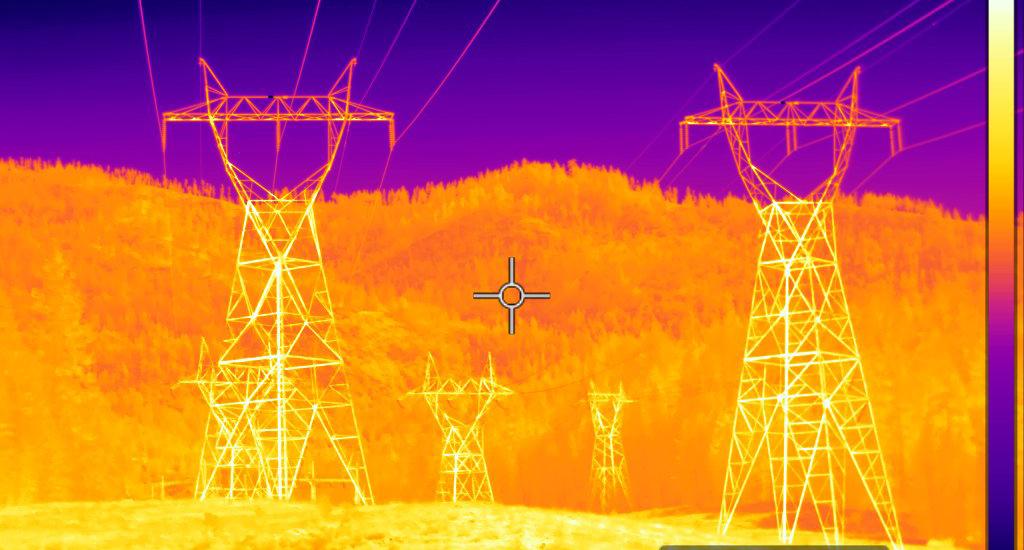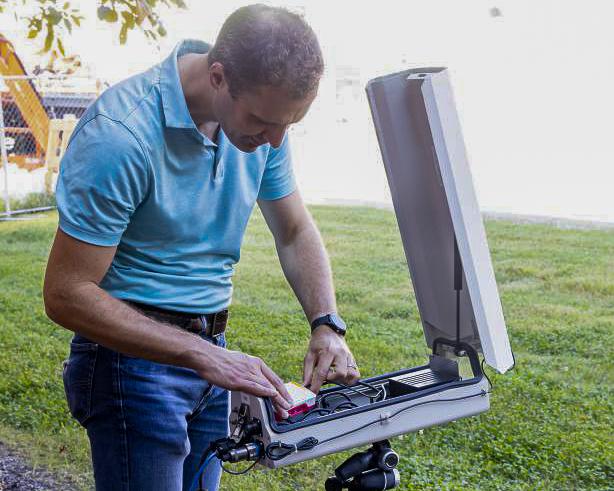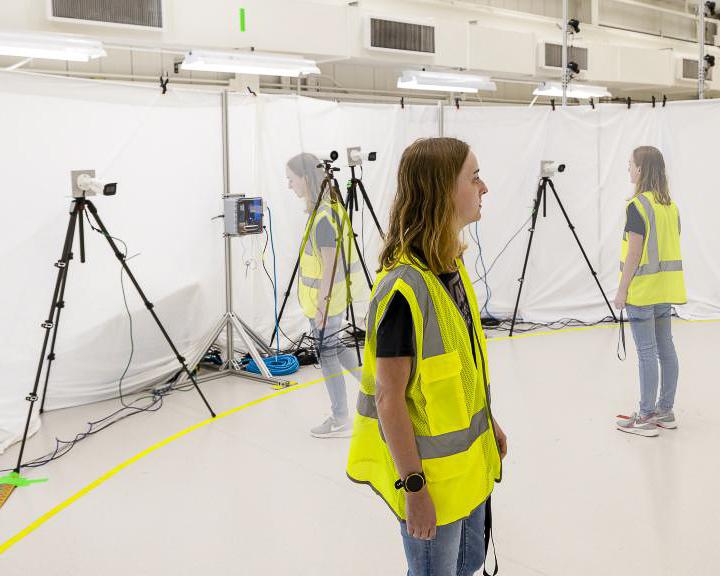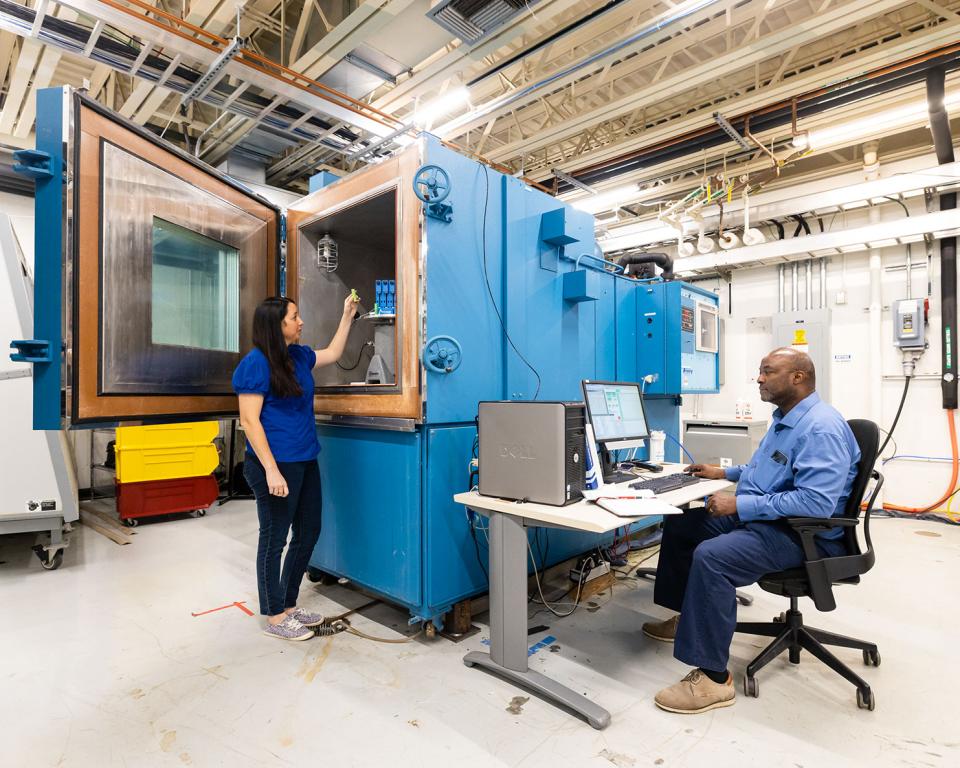
Researchers in the Electrification and Energy Infrastructures Division are developing new tools and applications for imaging, signals, and machine learning to protect the electric grid, enhance national security, and grow additive manufacturing sectors. This cross-cutting effort enhances electric reliability, protecting human health, safety, and the economy.
Power grid electrical equipment, from a nuclear reactor to a substation circuit breaker, is managed through automated operational parameters and controls. The equipment also communicates operating information directly with other hardware. EEID Researchers work to protect these controls and communications from operator error or outside manipulation by developing methods to cloak, move or replicate the data.

The grid is also defended by deploying sensors in new ways, such as on unmanned aircraft or technology that can function in high-radiation environments. This enables grid operators to identify mechanical failures, wildfires, and safety risks before they cause harm.
Sensing, combined with computational imaging and machine-learning enhanced analysis, is also vital to the efficiency and accuracy of advanced manufacturing. Researchers are developing suites of these tools to monitor additive manufacturing accuracy in real-time. The resulting data sets from the 3D printing process are made publicly available as a resource, so the industry can further improve flaw detection and the design of parts.

Other EEID experts develop and use sensing, imaging, and machine learning to protect critical infrastructure and national security through identity science. These projects improve facial and body recognition or individual vehicle recognition from a distance, from different angles and in a variety of lighting. Imaging data and machine learning technology developed in EEID are also used to analyze vehicle driver behavior to improve traffic safety.

A variety of imaging and sensing tools are available through an EEID laboratory for non-destructive testing, called the Technical Testing and Analysis Center. TTAC offers a variety of specialized chambers that simulate challenging operating conditions or harsh environments. Researchers there can test equipment or components to support a variety of study topics, from quantum security to battery hardiness to radio frequency shielding. The lab enables researchers and government entities to determine if equipment meets application needs, including those that involve exposure to unusual radiological, electromagnetic, or other complex environments.


